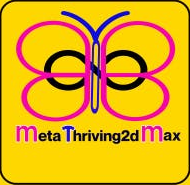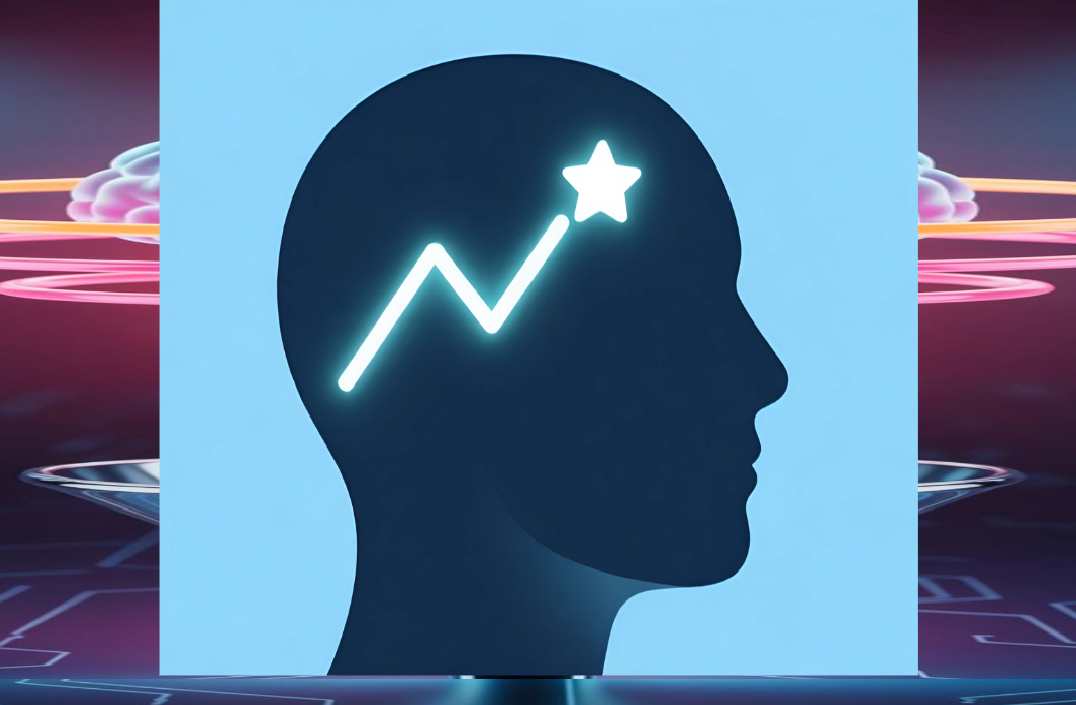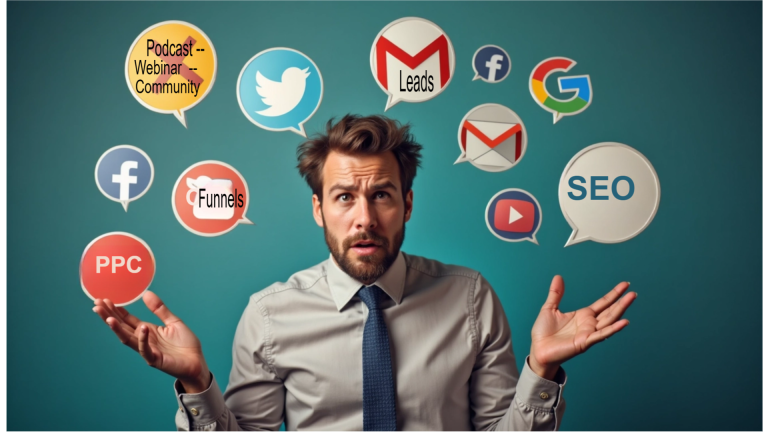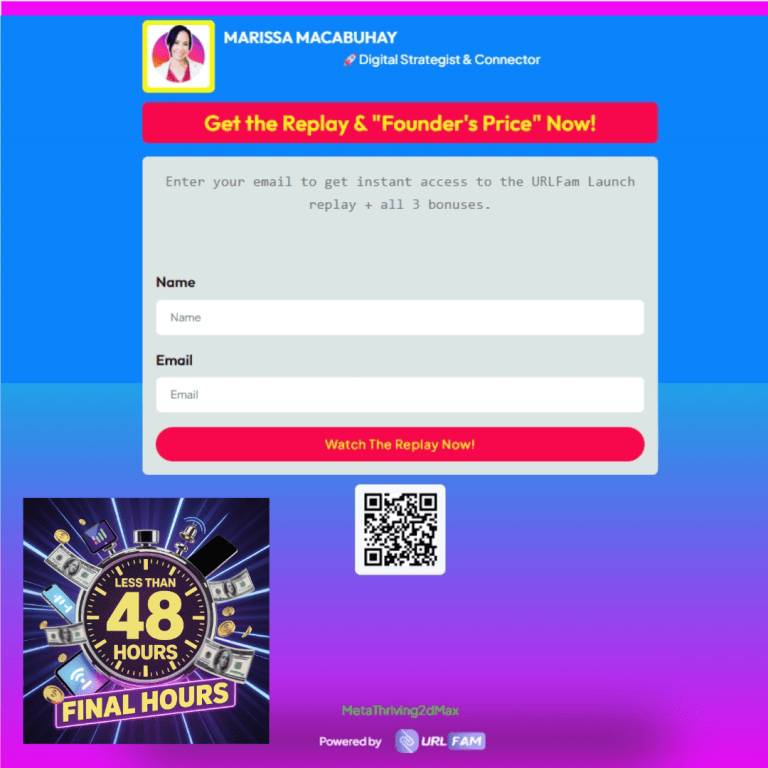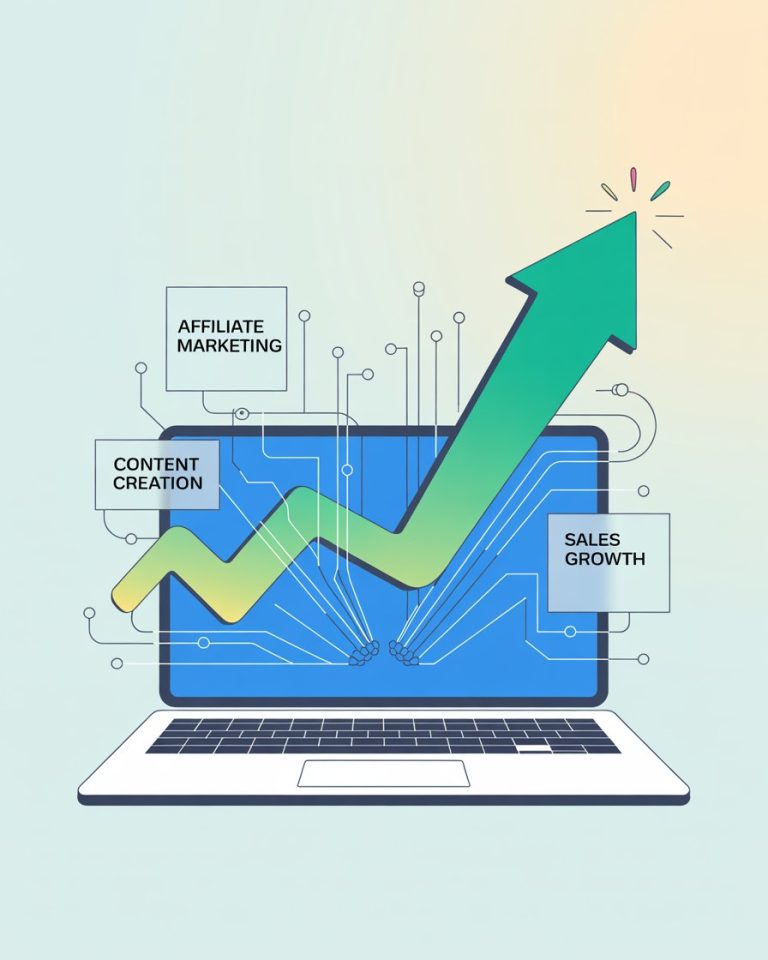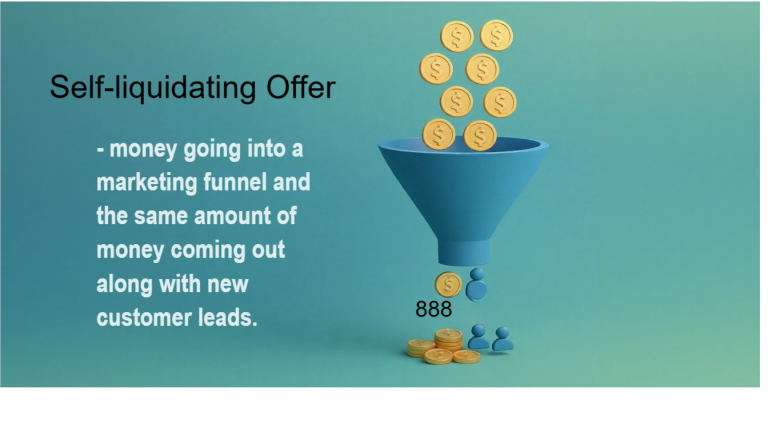What Is Dopamine Marketing? The Science of Creating Addictive Customer Experiences
Introduction: What Is Dopamine Marketing?
As an entrepreneur, you constantly look for an edge. You want to know not just what works in marketing, but why it works. Often, the answer lies not in spreadsheets or analytics, but inside the human brain.
Enter Dopamine Marketing.
You might have seen this term floating around. It’s the powerful, science-backed engine behind some of the world’s most successful brands and viral campaigns. This isn’t about manipulation. Instead, it’s about understanding the brain’s natural reward system to create genuinely satisfying customer experiences.1 This strategy is the core psychological engine of the entire framework we cover in our The Dopamine Marketing Blueprint: Your Cornerstone Guide to Viral Lead Generation.
So, what exactly is this “feel-good” marketing, and how can you use it to grow your business?
The “Dopamine Effect”: More Than Just Pleasure
People often call dopamine the “feel-good” neurotransmitter, but that’s only half the story. While your brain releases it during pleasurable activities, its more powerful role in marketing is driving the anticipation of a reward.2
Think about a time you were excited for a package delivery. The real thrill wasn’t just holding the item. It was the tracking notifications, the sound of the truck, and the moment you saw the box. That feeling of eager expectation? That’s dopamine at work.
This creates a powerful cycle that marketers can tap into 3:
- Motivation: A trigger, like a notification, creates the anticipation of a reward. This motivates you to act.
- Action: You take the desired action (click, buy, subscribe).
- Satisfaction: You receive the reward, which provides a sense of pleasure.
- Reinforcement: Your brain logs this positive experience. This makes you more likely to repeat the action in the future.
Brands that master this loop don’t just make one-time sales. They create loyal, repeat customers.
Three Ways to Activate Dopamine Marketing
You don’t need a neuroscience degree to apply these principles. Here are three proven strategies that use the dopamine effect.
1. Gamification: Turn Engagement into a Game
Gamification uses game-like elements to make normal activities more engaging. Think of points, badges, streaks, and leaderboards.2 Language-learning apps like Duolingo are masters of this. They use daily streaks and points to create a dopamine loop that keeps users coming back every day.2
- The Psychology: Small, frequent rewards make progress feel tangible and satisfying. The unpredictability of some rewards can even amplify the dopamine rush, making the experience more addictive.2
- How to Apply It:
- Loyalty Programs: Use a points system where customers earn rewards for purchases.1
- Progress Bars: Show customers how close they are to their next reward.
- Challenges & Badges: Create small challenges for your audience to complete.
2. Personalization: Make Your Customer the Hero
Research shows that 71% of consumers expect personalized experiences.3 When a marketing message feels like it was made just for them, it creates a powerful emotional connection.
- The Psychology: Personalization makes a customer feel seen, understood, and valued. When an offer directly meets a personal goal, the “purchase pleasure” is much higher.3
- How to Apply It:
- Use Their Name: It’s simple, but it works. Addressing a customer by name in an email feels more personal.
- Targeted Recommendations: Use customer data to recommend relevant products or content.
- Customized Offers: Send special discounts based on a customer’s purchase history.
Create Your Own Dopamine Rush
The ultimate “win” for an entrepreneur is a new lead notification. It’s a tangible sign that your system is working. Ready to build a system that delivers that satisfying feeling on autopilot?
Grab the Free Automated Funnel Here
And to keep that winning mindset front and center, surround yourself with motivation.
(https://metathriving2dmax.online/dopamine-printable-playbook-2/)
3. Emotional Triggers & Storytelling: Connect on a Deeper Level
The most effective marketing doesn’t just present facts; it evokes emotion. Positive emotions like joy and excitement make people feel good. And when they feel good, they are more open to your message.1
- The Psychology: Emotional content, especially stories, bypasses our logical defenses. This creates a deeper, more memorable connection.3
- How to Apply It:
- “Oddly Satisfying” Content: This viral trend uses visuals of perfect, repetitive tasks to trigger the release of serotonin and dopamine.4 It’s a perfect way to provide a “feel-good” moment before introducing a product.
- Teasers and Cliffhangers: Build anticipation for a product launch. The act of waiting for a satisfying conclusion can raise dopamine levels.1
- User-Generated Content: Share real stories and testimonials from happy customers.
Marketing with a Conscience
The power of Dopamine Marketing comes with a responsibility. The goal is to enhance the customer experience, not to exploit it. Therefore, you should be transparent, provide genuine value, and focus on building long-term trust.2
By understanding the science of what makes your customers “click,” you can move beyond simply selling products. You can start creating experiences that are genuinely rewarding.
